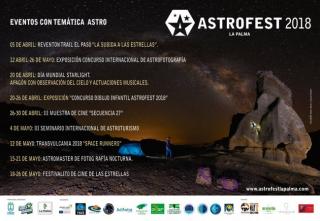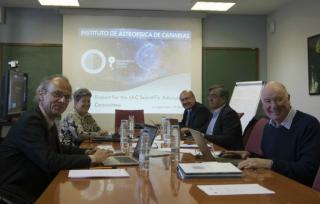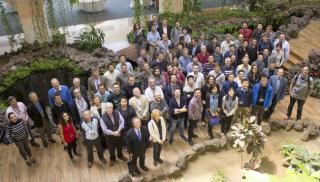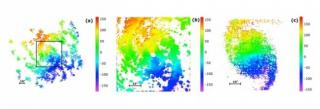
The Instituto de Astrofísica de Canarias (IAC) and the Gran Telescopio Canarias (GTC) are collaborating in Astrofest La Palma 2018, a big festival of events organized by the Department of Tourism of the Island Cabildo of La Palma, whose aim is to highlight the quality of the sky on the “beautiful island”.
Advertised on




